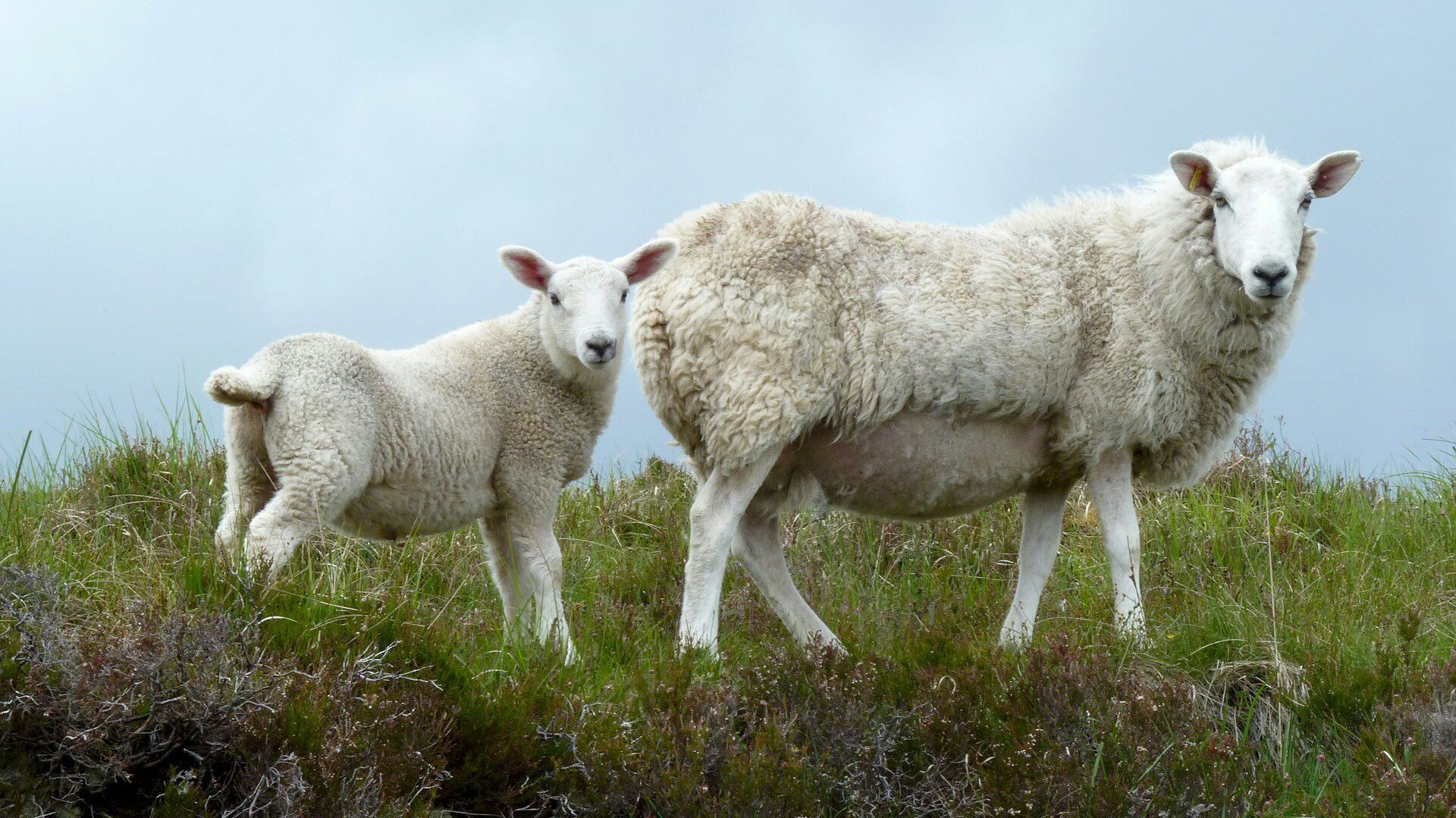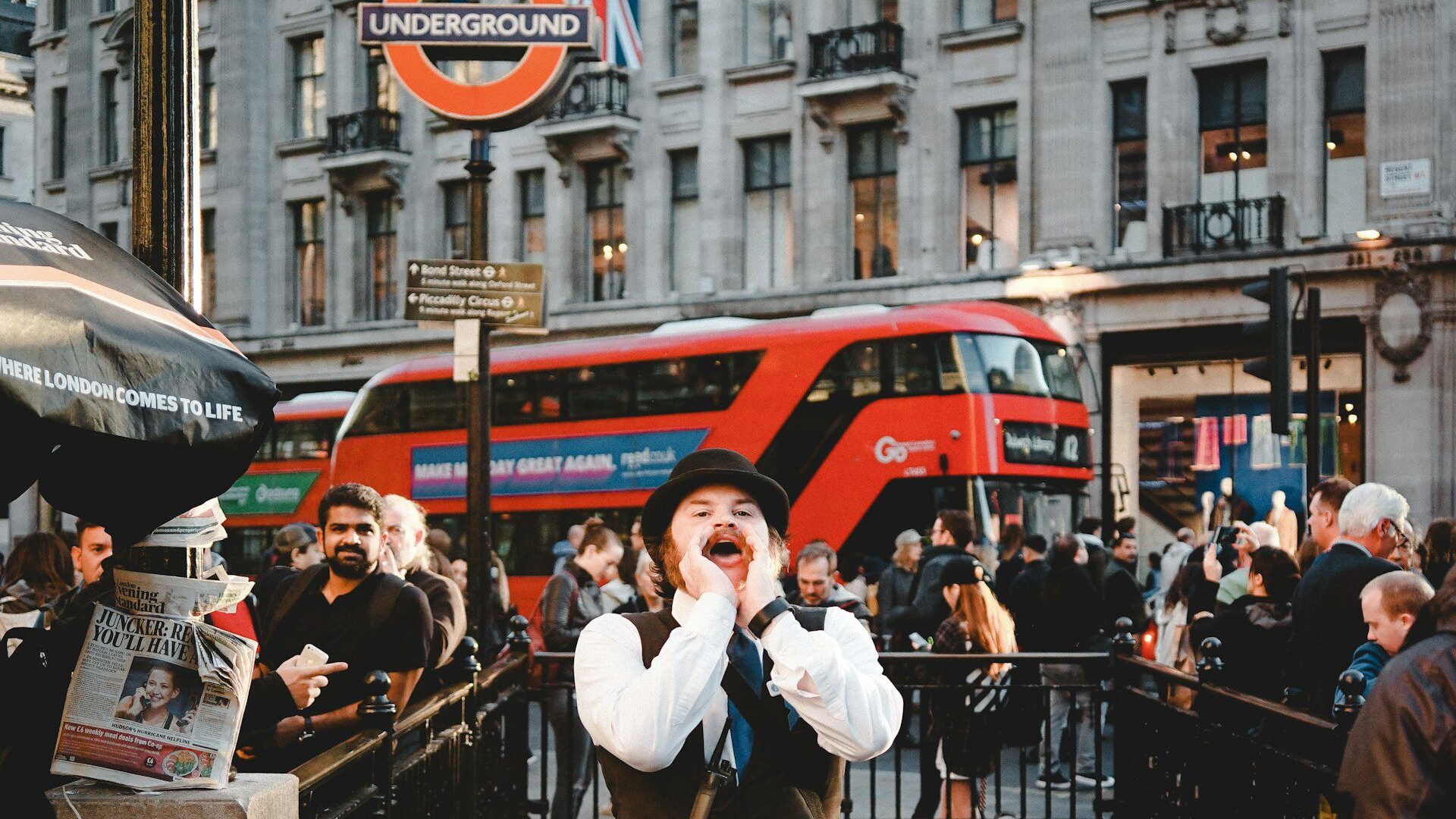Leap Year traditions are as odd, uncommon, and exciting as the day itself. But what are Leap Years and why do we have Leap days?
What is a Leap Year?
The simplest explanation is that our “normal” years aren’t exactly 365 days; the approximately six hours extra it takes the Earth to complete a rotation around the sun are rounded down to an even 365 days.
A Leap Year is a year in which we add an extra Leap Day, 29 February, to the calendar to make up for the previous years that we discarded those extra six hours.
But these countries don’t look at 29 February as just another square on the calendar. From bad luck at the altar to green gifts, these are the most unique ways of marking a Leap Year
United States


The town of Anthony, TX, hosts an annual Leap Year Festival in its municipal park. Why? The festival’s founder, Mary Brown, simply wanted to honor babies born on Leap Day, like her friend and neighbor.
But there’s a catch. People born on Leap Day are the only ones who can literally have their cake and eat it too. The Leap Year Festival holds an exclusive dinner only for Leap Day Babies on 29 February. The Leap Year Festival then properly starts for the public on 1 March and concludes on 2 March.
On both days of the family-friendly festival, Lucha League Wrestling, live music, food vendors, a kids corner, games and other attractions and entertainment fill the park, making the most of this special day unlike anywhere else in the country.
We think you’ll like: The 9 most colorful costumes, customs and summer festivals in Europe
France


A few years before Anthony, Texas, made headlines as the Leap Year Capital of the World, Paris was printing its own Leap Day tradition in black and white with La Bougie du Sapeur.
La Bougie du Sapeur is a satirical newspaper first published on Leap Day in 1980. This special report is only published on Leap Days, making it as much of a unique souvenir as a coveted 29 February passport stamp is.
The Sapper’s Candle, the English translation of La Bougie du Sapeur, is full of fake advertisements, silly new stories, and other bits of humor, aptly reflecting the spirit of its title’s inspiration: the 19th-century comic strip character, Sapper Camembert.
French connection: 7 ways our Wonderful France tour will inject some oh-la-la into your life
Taiwan


Palates in Southeast Asia are no stranger to pig trotter noodles, but this popular home cooked dish takes on a special significance during Leap Year.
Children cook this dish for their parents on Leap Day, which is said to bring health and good fortune. The act of rotating the bowl before consuming the noodles is also foretold to reverse the bad luck that is believed to come with the Leap Year.
Save for later: Wok & Roll: A Guide to The Best Night Food Markets in Shanghai
Germany


While Leap Year in Taiwan may bring bad luck, Leap Year in Germany brings a symbol of rebirth. Germany’s Leap Year tradition is unique for two reasons: it’s a time to give a special gift and it’s celebrated on a date that isn’t Leap Day.
Instead, the day before May Day (May’s first Monday) gets the Leap Year distinction.
In the Rhine Valley, young men would place a small, decorated birch tree at the doorstep of the young girls they were swooning for. This gift exchange gets reversed during Leap Year, as it’s the girls’ turn to leave a birch tree token of love for the boys they fancy.
Rhine and dine with us on: The Best of Germany tour
Greece


If ever they gave birch trees as gifts in Greece, it most certainly would not be during a Leap Year. Greece is one of the many countries with Leap Year traditions that seemingly influence good fortune and matrimony.
For the Greeks, it’s bad luck to propose or get married during a Leap Year. Superstition says that, should a happy couple tie the knot on a Leap Day or during Leap Year, they have a higher chance of getting divorced.
Greece is the word: 7 reasons Greece is the ultimate shoulder season destination
Ireland


An old tale in Ireland states that Saint Brigid of Kildare and Saint Patrick made an agreement nearly two millennia ago that allows ladies to propose to the men that they loved. This act of love has become a Leap Year tradition over the centuries as many women decide to pop the question to their beaus on 29 February.
Want more of Ireland? You’re in luck: Dublin: a cultural gateway to Ireland’s incredible landscapes
Scotland, Finland & Denmark


A Leap Day proposal from a lass is all well and good, but what happens when a man refuses it? In the 1200s, Queen Margaret of Scotland decreed that any man who refuses a Leap Day proposal must pay a fine. The fine may be a pound or often a silk gown.
Other countries have similar penalties for rejecting a Leap Year proposal. In Finland, the man would have to provide the woman plenty of fabric to sew a skirt while in Denmark, the rejector must purchase the rejected a dozen pair of gloves to hide her lack of an engagement ring.
Scotland also has a Leap Year superstition that assumes the special year is not a good sheep year, assuming that the year is generally unlucky for livestock. As the Scots say, “Leap Year was ne’er a good sheep year”.
Scotland’s calling: Join us on Best of Ireland and Scotland tour
England


South of Scotland, England has its own pair of Leap Year traditions.
The first is celebrating St. Oswald’s Day. Oswald of Northumbria died on 29 February and is commemorated with church gatherings and feasts on Leap Day. The second is yet another celebratory affair, but trades the pews for the pubs.
If you find yourself in London for Leap Day, The Savoy has a special cocktail stirred to celebrate. First mixed by Savoy bartender Harry Craddock in the 1920s, he mixed Grand Marnier with lemon juice, gin, and sweet vermouth to craft a Leap Day cocktail — the perfect way to toast to your own Leap Year traditions no matter how ridiculous or romantic they may be.
See more with Trafalgar: 13 of the best secret hidden spots to explore around London
Do you have your own Leap Year celebrations? Let us know in the comments below!